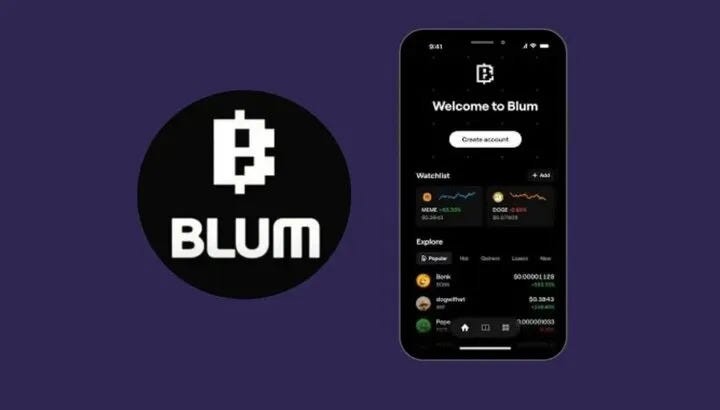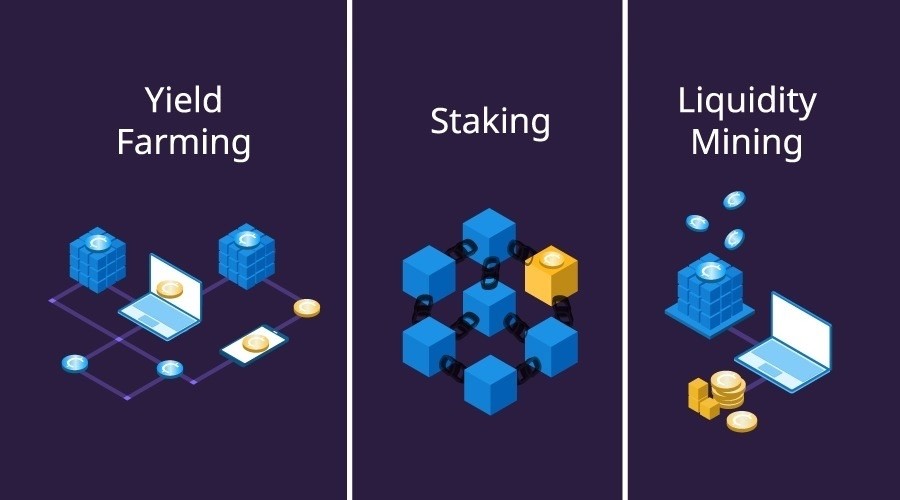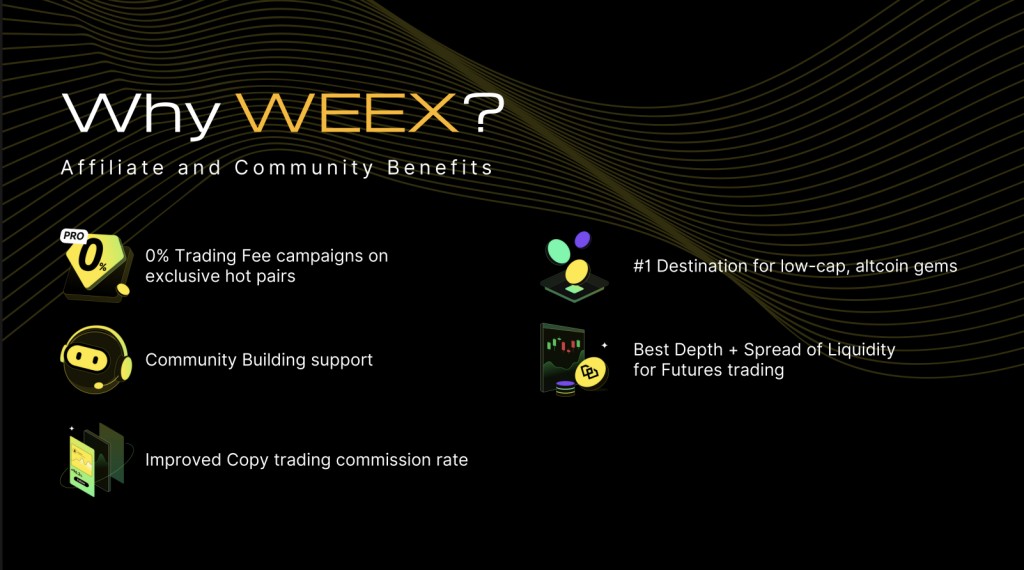Liquidity Pools Guide Blum Code unlocks strategies for optimizing cryptocurrency rewards, providing insights into liquidity management and decentralized finance. CONDUCT.EDU.VN offers a comprehensive guide to understanding and leveraging liquidity pools. Explore the benefits of liquidity provision, impermanent loss mitigation, and effective DeFi participation with practical guidance and expert analysis. Learn about Automated Market Makers, token pricing, and the comparison between staking, liquidity pools, and yield farming.
1. Understanding Blum and Liquidity Pools
Blum has become a popular tap-to-earn game on Telegram, attracting users with engaging content and the opportunity to delve into the world of cryptocurrency. This platform rewards active participation, making it essential for users to understand the various mechanisms at play. Liquidity Pools Guide Blum Code serves as a critical resource, offering insights into maximizing earnings through strategic liquidity management. These codes, often found in Blum’s video content, provide users with practical tips and exclusive opportunities to enhance their DeFi experience. Platforms like WEEX compile and update these codes regularly, ensuring users stay informed and can leverage the latest opportunities.
One example of such a code is BLUMERSS, associated with the Liquidity Pool Guide video. This code and others unlock exclusive rewards and knowledge, encouraging users to engage more deeply with the Blum ecosystem. The release of these codes has sparked significant interest, driving users to seek out information on how to optimize their rewards effectively. Blum’s strategy of embedding codes in its video content not only boosts engagement but also educates users on critical DeFi concepts.
The Blum Academy has created a series of videos, each containing hidden codes designed to incentivize viewers to pay close attention. This approach ensures users fully engage with the content, enhancing their understanding and application of the concepts. WEEX has taken the initiative to gather and provide a comprehensive guide to these codes, simplifying the process for users to access and benefit from this valuable information. This collaborative effort makes it easier for users to navigate the complexities of liquidity pools and related topics.
2. Decoding the Blum Video Code: Liquidity Pools Guide
The Blum video code “Liquidity Pools Guide” is an essential resource for users looking to enhance their understanding and participation in the Blum ecosystem. By utilizing daily video codes, users can earn additional Blum points, unlocking new opportunities within the game.
The September 27, 2024, video code focuses specifically on liquidity pools.
- Blum video code puzzle: Liquidity Pool Guide
- Code: BLUMERSS
These codes are designed to be straightforward and easy to implement, ensuring that users of all levels can benefit from the information provided. The Liquidity Pools Guide video explains the fundamentals of liquidity pools, including how they work and how users can participate to earn rewards.
The code BLUMERSS unlocks access to this invaluable knowledge, allowing users to make informed decisions and maximize their earnings within the Blum ecosystem. By actively engaging with these video codes, users can stay ahead of the curve and take full advantage of the opportunities presented by the Blum platform.
3. Defining Liquidity Pools: The Foundation of DeFi
A liquidity pool is a collection of cryptocurrencies locked in a smart contract, enabling the instant trading of different crypto assets without intermediaries. This innovative mechanism is fundamental to decentralized finance (DeFi), providing the necessary liquidity for decentralized exchanges (DEXs) to function efficiently. Participants, known as liquidity providers (LPs), contribute pairs of tokens, such as BLUM, WXT, or DOGE, into the pool, receiving rewards in the form of trading fees.
These LPs receive LP tokens in exchange for their contributions, which can be used in various ways within the DeFi ecosystem. When liquidity providers wish to withdraw their assets, they simply trade their LP tokens back to the pool. This system enhances trading efficiency and liquidity in the market, making it easier for users to exchange assets quickly and seamlessly. By participating in liquidity pools, individuals not only earn rewards but also contribute to the overall health and functionality of the DeFi environment.
For example, in the Blum ecosystem, liquidity pools enable users to trade BLUM tokens efficiently. Liquidity providers are rewarded based on their share of the pool, incentivizing participation and ensuring sufficient liquidity for trading activities. The concept of liquidity pools is central to understanding how decentralized exchanges operate and how users can benefit from participating in the DeFi revolution.
4. The Mechanics of Liquidity Pools: How They Operate
Liquidity pools operate through Automated Market Makers (AMMs), which maintain a balance between the tokens deposited in the pool. Understanding the core components of liquidity pools is essential for anyone looking to participate effectively in DeFi.
- Providing Liquidity: Participants decide which tokens will be traded against each other within the pool.
- Setting Token Prices: A pricing algorithm, typically implemented through AMMs, manages the token prices.
- Rewarding Liquidity Providers (LPs): LPs contribute tokens to the pool and receive rewards, often in the form of trading fees.
The constant product formula is commonly used to maintain balance in liquidity pools:
𝑥 × 𝑦 = 𝑘
Where:
- x and y are the quantities of two tokens in the pool (e.g., BLUM and USDT).
- k is a constant that ensures the total value of the pool remains balanced.
This formula automatically adjusts the token prices based on the ratio of assets in the pool. For instance, if a user buys a significant amount of one token, the pool will adjust the price upwards to maintain the balance. This mechanism ensures that the pool remains solvent and that trading activities are executed smoothly. AMMs rely on this formula to provide continuous liquidity and enable decentralized trading.
5. Liquidity vs. Liquidity Pools: Key Differences
Liquidity and liquidity pools are related but distinct concepts in the world of cryptocurrency. Liquidity refers to the ability to quickly buy or sell an asset without causing a significant price change. Higher liquidity indicates a greater number of buyers and sellers, making trading more efficient.
A liquidity pool, on the other hand, is a specific mechanism where users lock their assets into a smart contract to provide liquidity for decentralized trading. Unlike traditional markets where liquidity is provided by market makers, DeFi liquidity pools are fueled by individual participants who contribute their assets to the pool. This decentralized approach democratizes access to liquidity and empowers users to earn rewards for their participation.
| Feature | Liquidity | Liquidity Pool |
|---|---|---|
| Definition | The ability to quickly buy or sell an asset without causing a significant price change. | A collection of cryptocurrencies locked in a smart contract to provide liquidity for decentralized trading. |
| Provision | Provided by market makers in traditional markets. | Provided by individual participants in DeFi. |
| Function | Enables efficient trading by ensuring there are enough buyers and sellers. | Facilitates decentralized trading by allowing users to trade assets directly from the pool. |
| Participation | Not directly involving individual asset contributions. | Requires users to lock their assets in a smart contract. |
| Reward Mechanism | Typically not applicable. | Users receive rewards in the form of trading fees and LP tokens. |



6. Profitability of Liquidity Pools: Earning Rewards
Participating in a liquidity pool can be profitable, especially in platforms like Blum. The profitability of liquidity pools depends on several factors:
- Trading Fees: LPs earn a portion of the trading fees every time someone swaps tokens in the pool.
- Incentives: Some platforms, including Blum, offer extra rewards such as staking bonuses or governance tokens to incentivize liquidity providers.
- Impermanent Loss: This is a risk in liquidity pools where price changes between the two tokens lead to reduced profits compared to holding them outright. However, the rewards from trading fees often offset this risk.
Understanding these factors is crucial for assessing the potential profitability of participating in a liquidity pool. While impermanent loss is a risk, the rewards from trading fees and incentives can often outweigh this risk, making liquidity pools a viable option for earning passive income in the DeFi space.
7. Staking vs. Liquidity Pools vs. Yield Farming: Choosing the Right Strategy
When comparing staking, liquidity pools, and yield farming, it’s essential to understand their distinct characteristics and the roles they play in the DeFi ecosystem. Each strategy offers different levels of risk and potential rewards, catering to various user preferences and risk appetites.
Staking:
- Definition: Staking involves locking up tokens in a protocol to support its operations (e.g., validating transactions) and earn rewards.
- Pros: Lower risk and relatively stable returns.
- Cons: Lower potential returns compared to liquidity pools or yield farming.
Liquidity Pool:
- Definition: Users provide liquidity to a decentralized exchange in the form of token pairs and earn a share of the trading fees.
- Pros: High potential rewards, especially when token prices remain stable.
- Cons: Impermanent loss is a risk, and rewards can fluctuate based on pool activity.
Yield Farming:
- Definition: Yield farming involves using a variety of DeFi platforms to maximize returns, often by moving tokens between different liquidity pools and staking opportunities.
- Pros: Potential for very high returns by strategically switching between pools and platforms.
- Cons: High risk, as the market volatility and impermanent loss can erode profits.
Understanding the differences between these strategies is essential for making informed decisions and maximizing your earnings in the DeFi space.
8. Comprehensive Comparison: Staking, Liquidity Pools, and Yield Farming
A detailed comparison of staking, liquidity pools, and yield farming can help users determine which strategy aligns best with their investment goals and risk tolerance.
| Feature | Staking | Liquidity Pools | Yield Farming |
|---|---|---|---|
| Main Activity | Locking tokens for network support | Supplying tokens to liquidity pools | Deploying assets across various DeFi platforms |
| Rewards | Newly minted tokens | Trading fees, possible governance tokens | Variable yield based on strategies |
| Complexity | Low (or medium with delegation) | Medium | High |
| Risk Level | Moderate (validator dependency) | Moderate to high (impermanent loss) | High (market and strategy risks) |
| Participation | Validator or delegator | Liquidity provider | Multi-step strategies |
| Potential Returns | Stable, generally lower than other options | Variable, can be high depending on trading volume | Highly variable, potential for significant gains but also losses |
| Impermanent Loss | Not applicable | Possible | Possible, especially with complex strategies involving multiple pools |
| Capital Requirement | Varies based on the staking requirements of the protocol | Depends on the size of the pool and the value of the tokens being supplied | Can vary widely depending on the strategies and platforms used |
| Time Commitment | Relatively low, tokens are locked for a set period | Requires monitoring of pool performance and potential impermanent loss | High, requires active management and knowledge of DeFi protocols and markets |
9. Making the Right Choice: Matching Strategy to Risk Appetite
While all three methods offer opportunities for earning rewards in the DeFi space, they cater to different preferences and risk appetites. Staking is best for users who prefer a straightforward process and can accept some risks related to validators. Liquidity Pools are ideal for those looking to earn fees from trading but require understanding of market dynamics and the risks of impermanent loss. Yield Farming appeals to users willing to engage in complex strategies for potentially higher rewards, albeit with greater risk.
- Staking: Suitable for those seeking stable, lower-risk returns with minimal active management.
- Liquidity Pools: Best for users comfortable with moderate risk and a desire to earn higher returns through trading fees.
- Yield Farming: Ideal for experienced DeFi users willing to take on higher risks for the potential of maximum returns through complex strategies.
Choosing the right strategy depends on your individual risk tolerance, investment goals, and level of expertise in the DeFi space.
10. Conclusion: Embracing DeFi Opportunities with Blum and WEEX
In summary, grasping the nuances of liquidity pools, staking, and yield farming is crucial for anyone aiming to navigate the decentralized finance (DeFi) landscape effectively. Each approach offers distinct opportunities and challenges that cater to varying user preferences and risk tolerances. Blum’s liquidity pool presents a compelling opportunity for users to earn rewards through active engagement in the DeFi ecosystem.
By utilizing platforms like WEEX and WE-Launch, users can remain informed and refine their strategies in this rapidly evolving environment. Regardless of whether you’re a beginner or an experienced trader, understanding these mechanisms will empower you to make informed decisions and enhance your participation in the cryptocurrency market. Embracing these opportunities will ultimately allow you to maximize your investment potential and contribute to the growing DeFi landscape. Stay updated and informed to make the most of these exciting developments.
FAQ: Understanding Liquidity Pools and Blum Code
Here are some frequently asked questions about liquidity pools and Blum Code to further enhance your understanding:
-
What is a liquidity pool?
A liquidity pool is a collection of cryptocurrencies locked in a smart contract, enabling instant trading of different crypto assets without intermediaries.
-
How do liquidity pools work?
Liquidity pools work through Automated Market Makers (AMMs), which maintain a balance between the tokens deposited in the pool using algorithms like the constant product formula (x * y = k).
-
What is Blum Code?
Blum Code refers to the hidden codes found in Blum Academy videos, offering users exclusive rewards and insights into the DeFi ecosystem.
-
How can I find Blum Codes?
Blum Codes are typically found within Blum Academy videos. Platforms like WEEX compile and update these codes regularly for users.
-
What is impermanent loss?
Impermanent loss is the risk in liquidity pools where price changes between the two tokens lead to reduced profits compared to holding them outright.
-
How can I mitigate impermanent loss?
Rewards from trading fees and incentives can often offset the risk of impermanent loss. Diversifying your portfolio and carefully selecting the pools you participate in can also help.
-
What are LP tokens?
LP tokens are special tokens received by liquidity providers in exchange for their contributions to the pool. These tokens can be used to withdraw assets from the pool.
-
What is the difference between staking and liquidity pools?
Staking involves locking up tokens to support a network and earn rewards, while liquidity pools involve providing tokens to a decentralized exchange to earn trading fees.
-
What is yield farming?
Yield farming involves using a variety of DeFi platforms to maximize returns, often by moving tokens between different liquidity pools and staking opportunities.
-
Is participating in liquidity pools risky?
Yes, participating in liquidity pools carries risks such as impermanent loss and market volatility. However, the rewards can often outweigh these risks if managed properly.
Maximize Your Crypto Knowledge with CONDUCT.EDU.VN
Navigating the complexities of liquidity pools and DeFi can be challenging. CONDUCT.EDU.VN provides comprehensive resources and expert guidance to help you understand these concepts and make informed decisions. Our platform offers detailed articles, step-by-step guides, and practical tips to enhance your knowledge and participation in the cryptocurrency market.
Don’t let the complexities of DeFi hold you back. Visit CONDUCT.EDU.VN today to explore our resources and unlock your potential in the world of decentralized finance. For more information, contact us at:
- Address: 100 Ethics Plaza, Guideline City, CA 90210, United States
- Whatsapp: +1 (707) 555-1234
- Website: conduct.edu.vn